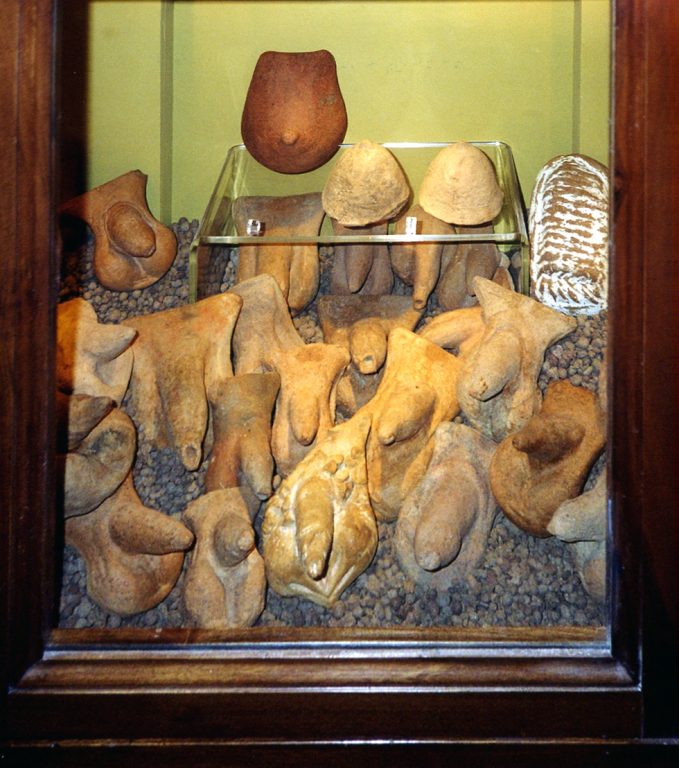About
Excavations of Pompeii and Herculaneum revealed the once forbidden "secret cabinet" of erotic art.
Archaeologists and curators of the 19th century faced a troublesome situation as they excavated and preserved the remains of Pompeii and Herculaneum, as it was evident that the Roman population had an enthusiastic attitude towards art and objects with tantric properties. Frequently seen in frescoes, wind chimes and oil lamps in the shape of a penis, Priapus - notorious for his oversized manhood - was believed to be a shield against thievery rather than sexual stimulation. Mythology murals on walls also portrayed illicit affairs, clandestine rendezvous and lecherous satyrs. This sexual prominence far surpassed that which would be considered 'normal' even in modern society, let alone 19th-century Europe. The rummaging of Pompeii began at the end of the 1700s under Charles III of Spain who wanted to include fashionable antiquities into his private collection. When French forces arrived in 1806, structures for full excavation were designed before authority was reinstated over Naples by Ferdinand I. As standard procedure with such projects, paintings were stripped from walls and decorative items were kept safe for display in the National Museum (Museo Archeologico Nazionale di Napoli). In 1816 renowned French guide with illustrations


